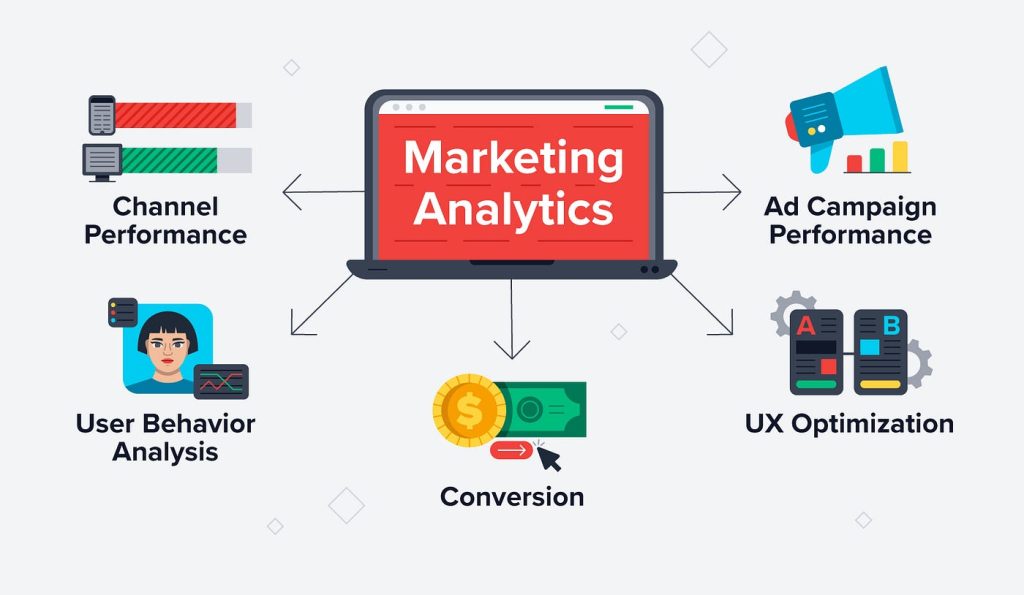
In the bustling marketplace, where brands vie for attention and loyalty, understanding your audience is your most potent weapon. But beyond superficial demographics and fleeting trends lies a hidden treasure trove: consumer insights. These deep-seated truths unveil the unspoken desires, motivations, and anxieties that drive consumer behavior. Mastering the art of uncovering and applying these insights is the hallmark of a marketing maestro.
This article delves into the fundamental tenets of consumer insights, equipping you with the knowledge and tools to unlock the secrets of your target audience. We’ll explore:
- The Essence of Consumer Insights: What are they, why are they crucial, and how do they differ from mere data?
- The Trifecta of Insightful Marketing: Unmasking the 3C framework and its power to guide your marketing strategy.
- Unearthing Consumer Truths: Delving into effective research methods to tap into the hidden desires and motivations of your target audience.
- From Insight to Action: Transforming unearthed truths into actionable marketing strategies that resonate with your consumers.
- The Ever-Evolving Landscape: Embracing the dynamic nature of consumer insights and adapting your approach in a digital age.
1. Beyond the Surface: Decoding the Essence of Consumer Insights
Data, data everywhere, but insights are rare gems. While data paints a picture of what consumers do, insights reveal the “why” behind their actions. They shed light on the emotional triggers, unspoken longings, and subconscious anxieties that influence buying decisions. These hidden truths, often invisible to the naked eye, hold the key to crafting marketing that truly resonates.
For instance, knowing that young adults prefer using smartphones for photography tells you little. But understanding their desire to capture and share authentic moments, connect with loved ones, and curate a picture-perfect online persona – that’s an insight. This deeper understanding allows you to develop marketing campaigns that tap into their emotional aspirations, not just their technological preferences.
2. The 3C Framework: Your Compass to Insightful Marketing
The 3C framework serves as a guiding light in your quest for actionable consumer insights. It emphasizes the crucial interplay between three key elements:
a) Consumer Truth: These are the hidden desires, anxieties, and motivations that drive consumer behavior. They go beyond the surface level and reveal the emotional drivers behind choices.
b) Company/Brand Truth: This encompasses your brand’s unique strengths, values, and differentiators. Identifying your core truth allows you to connect with consumers on a deeper level by showing how your brand aligns with their needs and aspirations.
c) Competitive Truth: Understanding your competitors’ strengths and weaknesses in relation to consumer truths is crucial. This analysis allows you to identify gaps and position your brand to address unmet consumer needs in a way that resonates powerfully.
By aligning these three Cs, you unlock the potential for impactful marketing. Imagine unearthing the consumer truth that millennials value experiences over possessions. You then leverage your brand’s commitment to sustainability and adventure to curate unique travel packages that cater to their desire for authentic experiences. This alignment positions your brand as the ideal partner for their aspirations, setting you apart from competitors focused solely on material offerings.
3. Unearthing Hidden Gems: Research Methods for Consumer Insights
Consumer insights rarely surface on a silver platter. Uncovering them requires delving deeper than surveys and focus groups. Here are some effective research methods:
a) Ethnographic Research: Immerse yourself in the lives of your target audience, observe their behaviors, and listen to their unfiltered conversations. This firsthand experience unveils hidden cultural nuances and unspoken desires.
b) In-Depth Interviews: Go beyond superficial questions and encourage open-ended conversations to uncover deeper motivations and emotional triggers. Active listening and probing follow-up questions are key to unlocking the hidden truths.
c) Projective Techniques: Employ creative methods like storytelling, collages, or role-playing to bypass consumers’ conscious filters and tap into their subconscious desires and anxieties.
d) Data Analysis with a Human Touch: While data analysis provides valuable insights, it’s crucial to interpret it through the lens of human emotions and cultural context. Combining quantitative data with qualitative research paints a richer picture of consumer behavior.
Remember, the most effective research methods are tailor-made to your specific target audience and research objectives.










